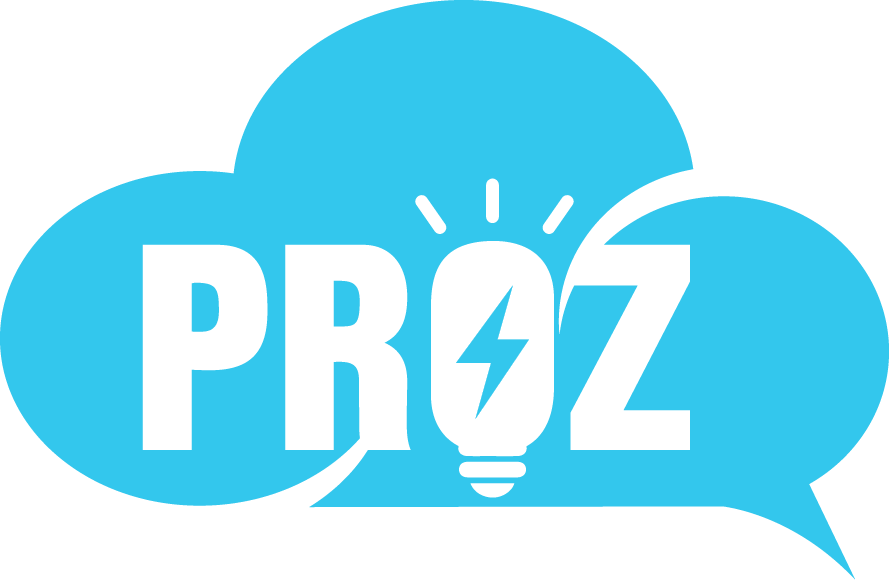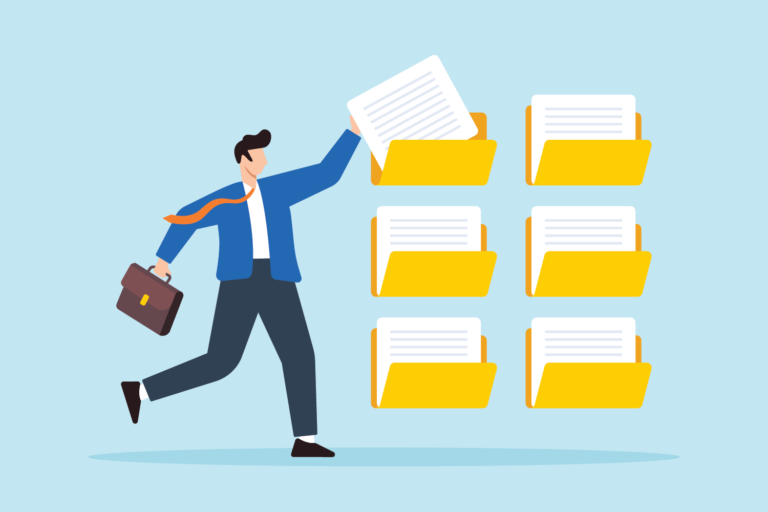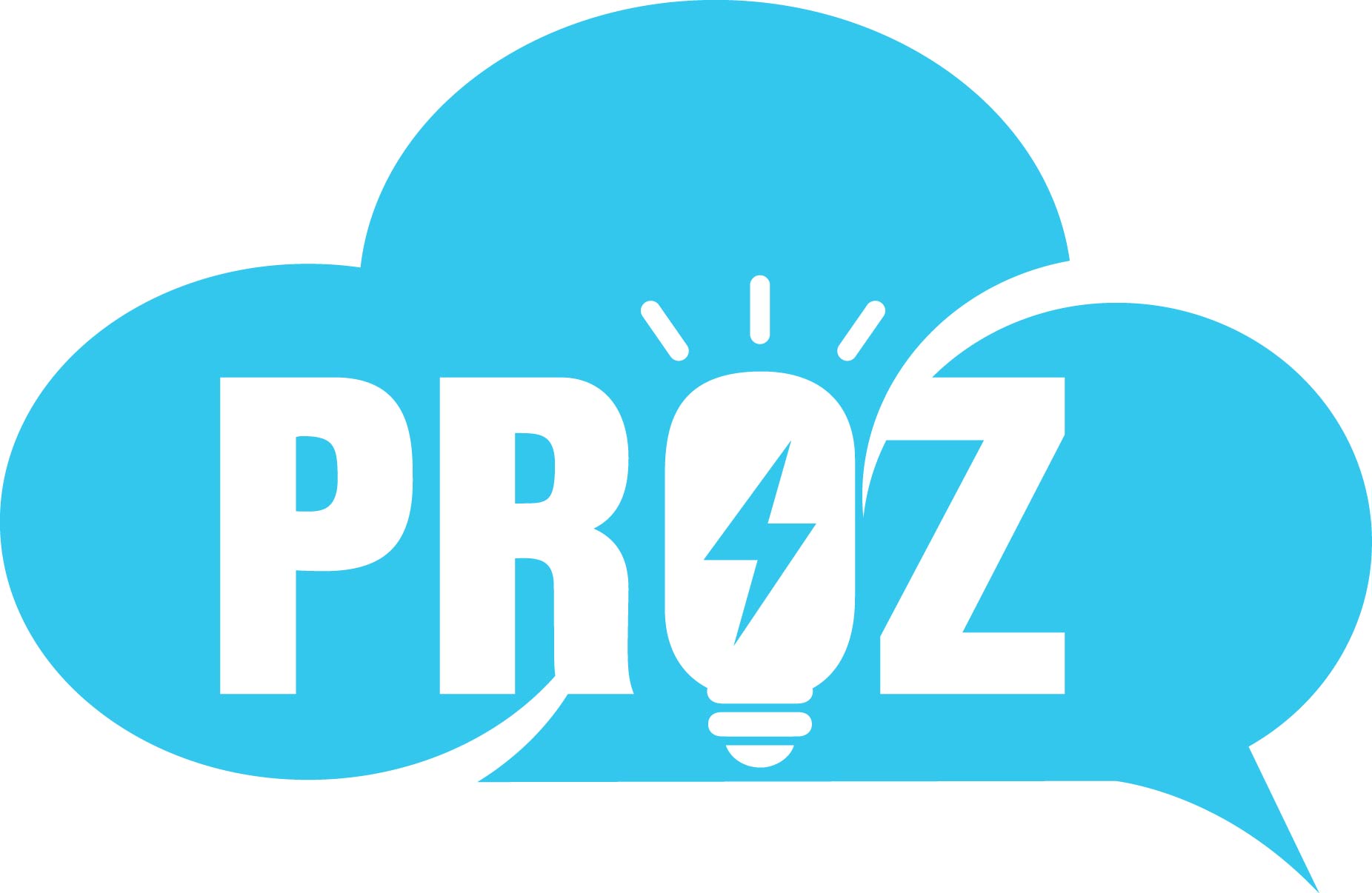It hasn’t even been a year since the AI agent era kicked off in earnest, but it’s easy to feel like you’re already behind the curve. No matter where you are on your agentic journey—whether you’re just getting started with your first use case, or still figuring out how an agent can deliver ROI—it’s natural to feel a little FOMO hearing about the sophisticated implementations some enterprises are already deploying in production. But going from standing on the sidelines to standing up complex orchestration isn’t as daunting as it sounds.
Agentic maturity is all about compounding effects, with one level building into the next. It’s not a linear path, either. Even once you’ve implemented autonomous background agents, chances are you’ll still want to keep your humble information-gathering agents around to handle simple tasks.
To help take the guesswork out of where you’re at today and where you can go with agentic AI, we’ve created a four-level agentic maturity model. Let’s break it down.
Level 1: Information retrieval agents
A Level 1 agent can retrieve information and make recommendations. This might take the shape of an agent that helps your customers on an external-facing website, or an internal agent that helps employees with their tasks. For example, let’s say you’re meeting with a customer for dinner but aren’t sure what your company’s expense policy covers. An employee agent can quickly comb through corporate policy documentation to let you know how much you’re allowed to spend, or whether alcohol is reimbursable. It might even remind you to create an expense entry when you return from dinner.
An agent built for customers behaves in a similar way, helping to resolve basic issues. Imagine an airline customer requesting information about a ticket cancellation policy. Maybe the customer is a loyalty member. An agent can skim through knowledge articles and access CRM records to provide the correct cancellation details based on the customer’s status, or remind them to use their airline credit within a specified amount of time.

While these use cases might sound simple, Level 1 agents deliver tremendous business value and lay the foundation for more sophisticated deployments later on. This is the stage where companies define their overarching AI strategy, establish governance and guardrails, and begin connecting together multiple data sources.
At Level 1, your agent is using the Atlas Reasoning Engine to understand and classify user intent and to retrieve the data required to answer the user’s question. But what if we want our agent to take the next logical step and book us a new flight?
Level 2: Simple orchestration, single domain
Level 2 is where agents really start to flex their, well, agency. Building on the information-retrieval and recommendation capabilities of Level 1, a Level 2 agent has the ability to act on the data it finds and autonomously execute low-complexity tasks. At Level 2, your agent can begin to orchestrate actions, such as summarizing an account record, or cancelling a flight.
Let’s revisit the airline example. Our Level 1 agent was able to answer questions about the ticket cancellation policy and confirm the customer’s loyalty status, but we still need to process the cancellation and book an alternate flight. Fortunately, a Level 2 agent can act. Rather than merely pulling from static knowledge articles, it can connect directly to the airline’s reservation system via API and book a new ticket for our customer.

Behind the scenes, companies at Level 2 agentic maturity are focused on scaling—mapping their AI strategy against key business objectives and implementing company-wide AI literacy efforts. At this stage, formal governance and well-defined security and privacy guardrails are essential as agents continue to gain more access and autonomy, laying the groundwork for Level 3 maturity.
Level 3: Complex orchestration, multiple domain
If Level 2 is about executing simple actions, Level 3 is where we get to start throwing true complexity at our agents. A Level 3 agent delivers concierge-level service, orchestrating end-to-end workflows with harmonized data across multiple domains. These agents can reason autonomously, determine the next best course of action and put their plan into motion—all without direct human intervention.
In our airline example, the Level 2 agent was able to process a ticket cancellation and even book a new flight. But as any well-traveled flyer will quickly point out, this workflow stops just short of (arguably) the most important step: seat selection! Let’s check out the example below:

Since our agent already has access to the customer’s CRM record, it can see that they typically upgrade their seat to premium. Based on that information, the agent proactively offers an aisle seat upgrade. It’s important to note that the seat upsell is dynamically “triggered” by the customer’s unique CRM data. Let’s imagine instead that the customer record indicates a preference for transiting through Chicago O’Hare International Airport. The same event-triggered functionality would offer to route the flight accordingly as long as there’s availability.
But the agent isn’t finished yet—we still need to bill the customer for their seat upgrade. Unlike Level 2, which was bound to a single domain (reservations), a Level 3 agent is able to straddle multiple systems, including billing, to complete the transaction. Of course, with additional access comes more stringent safeguards. In the example above, the Einstein Trust layer automatically applies data masking to hide the customer’s credit card number.
Level 3 maturity represents the upper bound of agentic sophistication currently running in production, but we can take a peek into the future to see what Level 4 might look like.
Level 4: Multi-agent orchestration
Level 4 maturity envisions a bustling ecosystem of AI agents seamlessly connecting to other agents across disparate tech stacks. The first thing to understand about this stage of agentic maturity is that so far, no one has gotten there. In large part, that’s because the open standards needed to make this a reality have only recently begun to take shape.
To imagine what this could look like, let’s go back to our airline example. Our Level 3 agent successfully upgraded the customer to an aisle seat and charged their credit card. But how can we extend this interaction further?

Since the first thing most travelers do once they land is book a taxi to their final destination, it’s easy to imagine a near-future where Level 4 agents automatically connect to a ride share company’s agent to meet travelers upon arrival, or even connect to the hotel agent to make sure their room is ready for check-in.
This vision of agent interoperability and orchestration might seem far off, but consider how quickly we’ve already navigated the first three levels of agentic maturity. If the rapid pace of innovation we’ve seen over the last few years is any indication, the future might be closer than we think. Get started on your agentic journey today and see how quickly you can stand up a Level 1 agent and begin automating everyday processes. From there, keep iterating and gathering feedback and your Agentforce will be delivering ROI before you know it!











